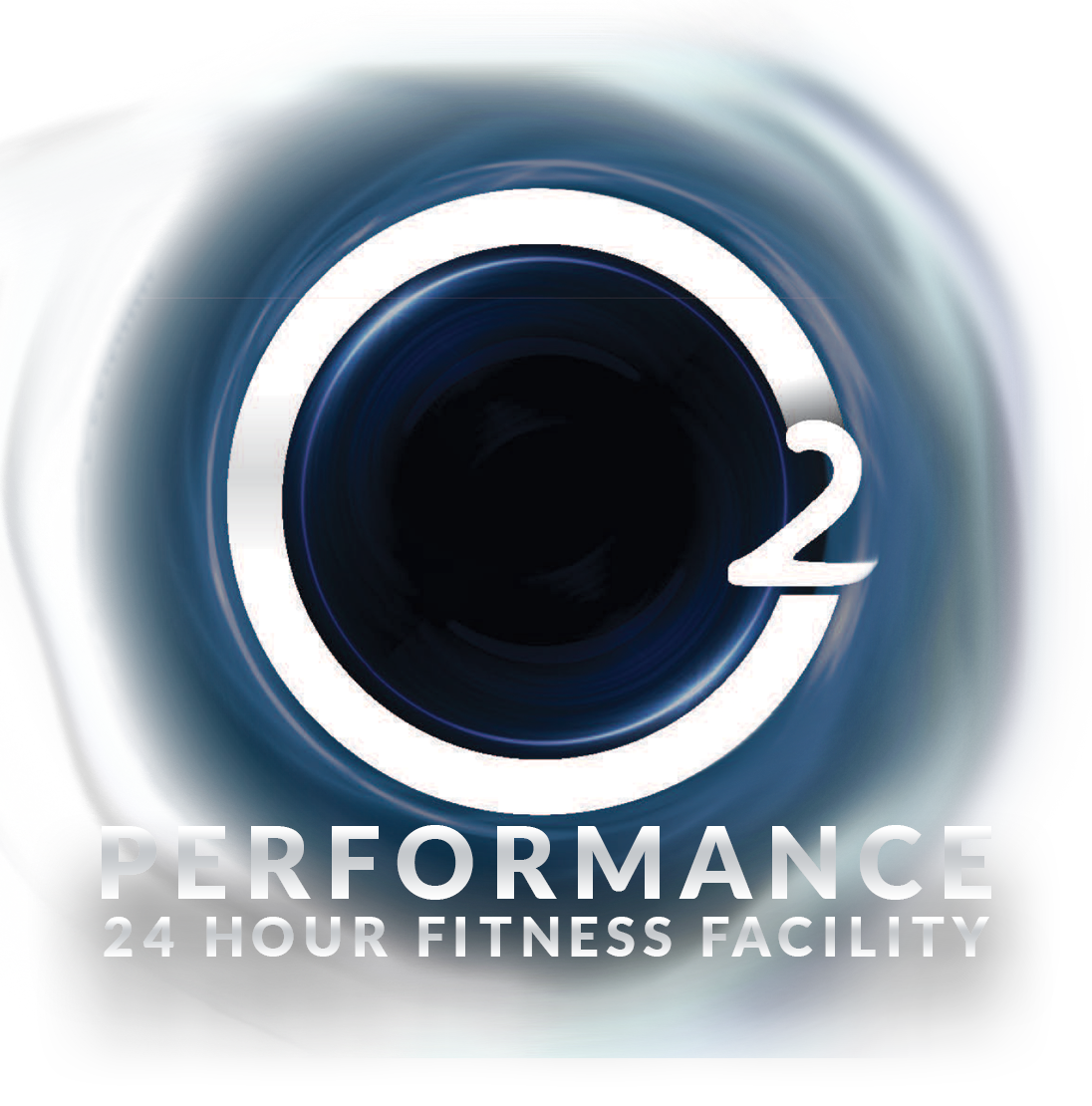Progressive Overload Explained: The Beginner’s Guide to Building Strength and Muscle
If you’ve ever stepped into a gym or scrolled through fitness content online, chances are you’ve come across the term progressive overload.
It’s often described as the golden rule for building muscle, gaining strength, and improving your fitness. But what exactly does it mean? And how can you apply it to your workouts without overcomplicating things?
In this beginner’s guide, we’ll break it all down for you. By the time you finish reading, you’ll know exactly how to use tempo, rest, reps, sets, and weight to make steady, sustainable progress.
What is Progressive Overload?
The Simple Concept Behind Getting Stronger Over Time
At its core, progressive overload is about doing more over time. More weight. More reps. More sets. More control over your tempo. It’s a principle that forces your muscles to adapt and grow stronger by gradually increasing the demands placed on them.
Imagine lifting the same weight for the same number of reps every week. Eventually, your body gets used to it. There’s no longer a reason for it to adapt. But when you apply progressive overload, you continually challenge your muscles with new stimuli. This signals your body to grow bigger, stronger, and more capable.
Think of it as levelling up in a video game. You need to keep facing tougher challenges if you want to get better.
Why Progressive Overload Matters
Without It, Your Gains Will Hit a Wall
Here’s the hard truth: If you’re not progressively overloading, you’re not making meaningful progress.
When you first start training, your body responds quickly to new stress. You might gain strength and build muscle just by showing up and lifting. But after those beginner gains? Things slow down. That’s where progressive overload becomes essential.
Consistently applying overload helps:
Increase muscle size (hypertrophy)
Improve strength
Enhance endurance
Break through plateaus
Without it, you risk stagnating—working hard but not seeing results. And nobody wants that.
The Main Methods of Progressive Overload
How to Make Your Workouts More Challenging Over Time
There’s more than one way to apply progressive overload. Here are the most common methods, broken down so you can use them right away.
1. Increase the Weight
The classic approach. Add more weight to the barbell, dumbbell, or machine. For example, if you’re squatting 50kg for 10 reps, try 52.5kg next week. Even small increments create progress.
2. Add More Reps
If you’re lifting a certain weight for 8 reps, aim for 9 or 10 next time. Once you hit the higher rep range (say, 12), increase the weight and start back at lower reps.
3. Increase the Number of Sets
Performing extra sets increases overall volume. If you’re doing 3 sets of push-ups, bump it to 4. Just make sure your form stays sharp.
4. Improve Your Tempo
Slowing down the movement makes your muscles work harder. Try taking 3-4 seconds to lower the weight and pause at the bottom. Controlling tempo builds time under tension, which is a powerful stimulus for growth.
5. Decrease Rest Periods
Shortening your rest time between sets increases intensity. If you normally rest 90 seconds, try 60. Just be cautious—less rest can reduce performance if overdone.
You don’t need to do all of these at once. Pick one method, apply it for a few weeks, and adjust as you go.
How to Apply Progressive Overload Safely
Progress Is Pointless If You Get Injured
Progressive overload isn’t about ego-lifting or rushing. It’s about strategic, sustainable improvements over time. Here’s how to do it safely:
Master Your Form First
Before you increase weight or reps, make sure your technique is solid. Poor form leads to injuries, especially as the loads get heavier.
Small Increases Are Key
You don’t need to jump by 10kg overnight. A 2.5kg increase can be plenty. Focus on consistent, gradual improvements.
Listen to Your Body
Feeling run-down, sore, or tired? It might be time for a deload week—reducing intensity to give your body a break. Rest and recovery are just as important as training.
Respect Rest Periods
Don’t rush through your workout. Short rest periods are a tool, not a rule. Sometimes, longer rest between sets (2-3 minutes for heavy lifts) is necessary to perform at your best.
Building a Beginner-Friendly Progressive Overload Plan
A Simple Framework to Get You Started
If you’re new to lifting, don’t stress about complex programming. Start with this simple framework and build from there.
Step 1: Pick the Right Exercises
Focus on compound movements like squats, deadlifts, bench presses, rows, and overhead presses. These give you the most bang for your buck.
Step 2: Choose Your Reps and Sets
For beginners, a good starting point is 3-4 sets of 8-12 reps per exercise. Use a weight that challenges you but allows you to maintain form.
Step 3: Track Your Workouts
Write down your weight, reps, sets, and rest periods. This makes it easy to see where you can add more next time.
Step 4: Apply One Method of Overload at a Time
Each week, focus on adding either more weight, reps, or sets. Or slow down your tempo to increase time under tension.
Step 5: Review and Adjust Every 4-6 Weeks
If you’re making steady progress, keep going. If things stall, switch up your method of overload or adjust your training program.
Common Mistakes to Avoid with Progressive Overload
Don’t Sabotage Your Progress—Learn from These Pitfalls
1. Chasing Weight Over Form
It’s tempting to add weight every session, but not at the cost of sloppy form. Quality movement matters more than heavy numbers.
2. Ignoring Tempo
Rushing through reps just to lift heavier misses the point. Control your tempo, especially on the lowering phase (eccentric). Slow is strong.
3. Skipping Rest Days
Muscle growth happens during recovery. If you’re training hard but not giving your body time to rest, progress will stall—or worse, you’ll burn out.
4. Doing Too Much, Too Soon
Patience is your best friend. Overloading too quickly can lead to injury, fatigue, or mental burnout. Stay consistent and think long-term.
5. Forgetting to Eat and Sleep
Progressive overload demands energy. Support your training with good nutrition and sleep. Recovery fuels results.
Mastering Progressive Overload for Long-Term Success
Progressive overload isn’t flashy, but it works. Whether you’re chasing strength, muscle size, or better fitness, applying these principles will help you get there.
Keep it simple. Focus on adding a little more over time—whether it’s weight, reps, sets, better tempo, or shorter rest. Track your progress, listen to your body, and stay consistent. Before you know it, you’ll be lifting more, moving better, and feeling stronger than ever.

